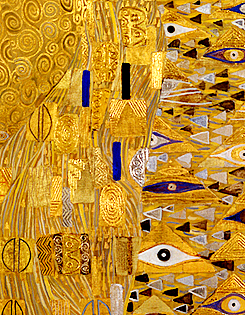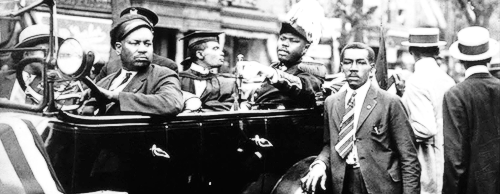

June 11, 1963: Thich Quang Duc self-immolates as an act of protest.
Thich Quang Duc was a Buddhist monk who, fifty years ago on this day, set himself alight on a street intersection in Saigon. His act of self-immolation was performed in protest of Ngô Đình Diệm’s regime and its repressive religious policies against Buddhists, who made up a majority of his country’s population (Diệm himself was a Catholic). During the Buddhist crisis of 1963, nonviolent protests among Buddhists and led by Buddhist monks broke out, leading to sometimes violent responses from the Diệm government.
Duc, surrounded by a throng of Buddhist monks in addition to horrified onlookers, did not move during the burning. David Halberstam, writing for The New York Times, described the scene in detail:
Flames were coming from a human being; his body was slowly withering and shriveling up, his head blackening and charring. In the air was the smell of burning human flesh; human beings burn surprisingly quickly. Behind me I could hear the sobbing of the Vietnamese who were now gathering. I was too shocked to cry, too confused to take notes or ask questions, too bewildered to even think … As he burned he never moved a muscle, never uttered a sound, his outward composure in sharp contrast to the wailing people around him.
Halberstam was later awarded a Pulitzer Prize for his war reporting, and Malcolm Browne, who took the iconic photograph of Duc’s self-immolation (pictured above), also won a Pulitzer Prize. Duc’s self-immolation made international headlines and it, along with similar incidents, compelled the United States government to express its frustration with Diệm’s policies and with the resulting unpopularity of his regime in Vietnam and in the United States. Discord over Diệm’s handling of the Buddhist crisis and the threat posed by the Vietcong eventually led to a coup, initiated by ARVN officers, that led to the president’s removal from office and assassination.











































